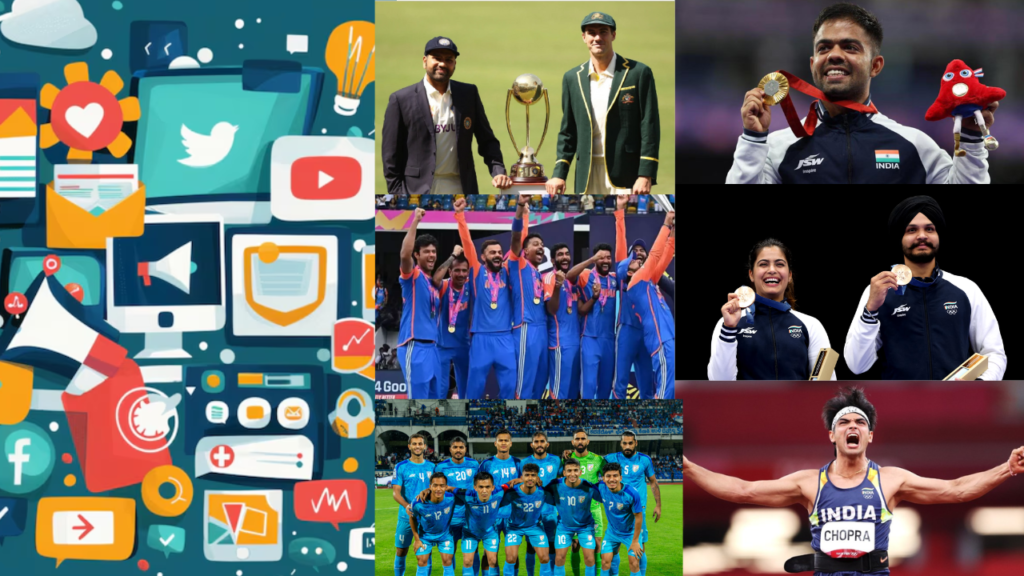I am not a political analyst, nor is my understanding of American politics anything to write home about. But what stood out for me from Donald Trump’s successful presidential campaign, and what made me write this, was how he used the alternate, new-age media for his winning election march.
Without getting into the rights and wrongs of it, the truth is that the traditional, mainstream media was largely opposed to Trump. Having realised that early on, he tapped into the digital media domain, and the new-age platforms that are all parallel establishments and fast gaining ground. That he reached out to them was evidence of the changing media landscape, and that’s what brings me to RevSportz.
In India, the mainstream sports media is shrinking. Leading media houses are cutting down on sports budgets and the profession of sports journalism is in crisis. There are no sports bulletins on news television anymore, and it is all politics, for better or worse. One of the reasons is that the leading news anchors, who hold important editorial positions, hardly understand sport. They turn sports journalists when a Neeraj Chopra wins an Olympic medal or when India win a World Cup. Otherwise, the presence of sport on all these television channels is rather marginal.
For More Sports Related Content Click Here
Print isn’t any better either. Leading newspapers no longer send journalists to cover tours, and that is clearly a sign of the times. Again, without offering judgement, the truth is that political visits are still covered. You will often see a journalist accompanying the Prime Minister to the USA or elsewhere. But when it comes to an India-Australia cricket tour, budgets become an issue.
Why do we have to treat Ricky Ponting’s opinion as gospel? Do the Australian journalists do any such thing with any of our legends?#RickyPonting #GautamGambhir
✍️ @BoriaMajumdar https://t.co/gzVb0RJ1PQ
— RevSportz Global (@RevSportzGlobal) November 12, 2024
That’s where Trump becomes relevant. I don’t think the conventional media is pre-eminent any more. News is now consumed real time on multiple alternate platforms. You don’t need to be on television to be known. Nor do you have to be written about in the mainstream press to attract attention. The feedback to the stories we have been doing is evidence that the future is digital, and the future is new age. With technological advances, things have changed and will only alter further going forward.
It wouldn’t be an exaggeration to suggest that a number of Indians experienced the Paris Paralympics through us. Of the seven Indian journalists in France’s capital, five were from RevSportz. And that’s what empowers us to do better. Disrupt more. If an American Presidential election can be won or lost by going to the new media, there is no reason why Indian sports coverage can’t be transformed similarly in future. As we turn three less than a month from now, the truth is there is a lot that can and needs to be done. We have grown exponentially, and will continue to do so. The feedback, critical and positive, will help us get better, and will help define consumption patterns in a media-agnostic age.
May be that’s why we feel confident enough to send a seven-member team to Australia for the Border-Gavaskar Trophy. On-ground, cutting-edge news coverage will surely have takers. Times are changing, and that will be the only constant going forward.
Also Read: Sanjay Manjrekar and the urge of being different.




